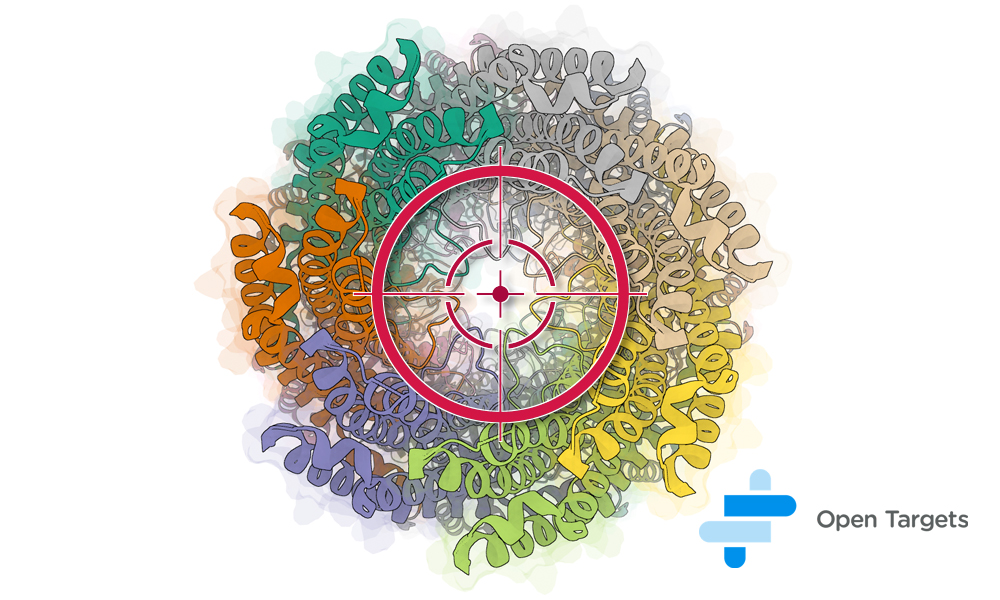The PROTACtable genome
Nature Reviews Drug Discovery 20 July 2021
10.1038/s41573-021-00245-x
Researchers establish a framework for identifying new drugs capable of exploiting a cell’s own machinery

An Open Targets project, bringing together researchers from EMBL’s European Bioinformatics Institute (EMBL-EBI), the Wellcome Sanger Institute, GSK, Sanofi, and Bristol Myers Squibb, has established a new framework to assess whether human proteins could be targeted with a new class of drugs called proteolysis-targeting chimeras (PROTACs). The research is published in the journal Nature Reviews Drug Discovery.
PROTACs exploit a cell’s own machinery to remove specific disease-related proteins.
“Accelerated protein degradation could be an effective way to treat disease and probe biology, and this concept has been gaining increased attention over the past few years both in industry and academia,” explains Andrew Leach, Head of Chemical Biology and Head of Industry Partnerships at EMBL-EBI.
Melanie Schneider, Protein Computational Scientist at EMBL-EBI and lead scientist on the paper, adds: “The discovery and development of molecular degraders in general, and PROTACs in particular, as new drug modalities makes this a natural and timely topic for us to consider as part of Open Targets.”
Though a growing number of PROTACs have been developed, including a handful currently in clinical trials, there hasn’t been a systematic assessment of which proteins could be targeted using this approach.
Cells have inbuilt machinery to destroy proteins that have outlived their usefulness. This involves tagging proteins for destruction by attaching a small protein called ubiquitin. The ubiquitin tag is then recognised and the tagged protein is destroyed.
PROTACs are designed to accelerate this process for specific proteins, and could be applied to treat a wide variety of diseases. Using their workflow, the team analysed the entire human proteome and identified over 1,000 “PROTACtable” proteins, many of which are not currently targeted by other types of therapeutics.
The team’s workflow is based on a method developed by a group at GSK, subsequently expanded and now integrated into the Open Targets Platform. Using publicly available data sources, the new method assesses whether a protein could be targeted using a PROTAC, based on the protein’s sequence, location, natural turnover rate in the cell, and evidence from published literature. The framework will help drug discovery researchers to gauge the PROTACtability of their protein of interest, and to prioritise their research accordingly.
“The interpretation of experimental data is not always straightforward, and may vary depending on a given project at hand,” explains Schneider. “Thus we aimed to provide as much data as possible, with clear guidance on how to use and interpret this information – leaving room for users to adapt our work and data to their specific project aims.”
The Open Targets Platform data team is working to integrate this framework into the platform, where it will complement the existing protein tractability assessments. On the subject of future plans for their research, Andrew comments: “PROTACs – and degraders in general – are rapidly developing and so an obvious next step will be to refine and update the pipeline as more data becomes available on PROTACs as a drug modality.”
This article was originally published on the Open Targets blog.
Nature Reviews Drug Discovery 20 July 2021
10.1038/s41573-021-00245-x